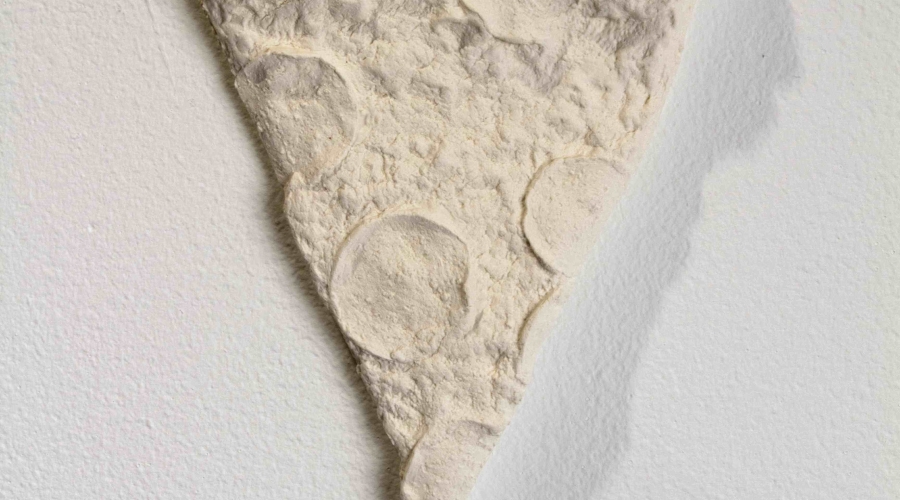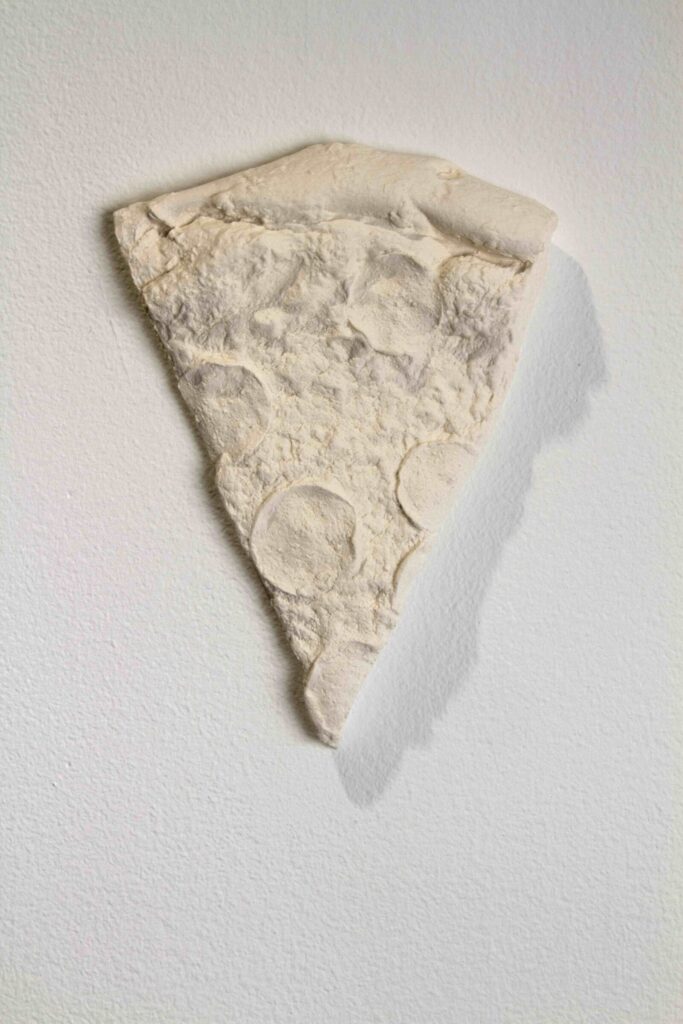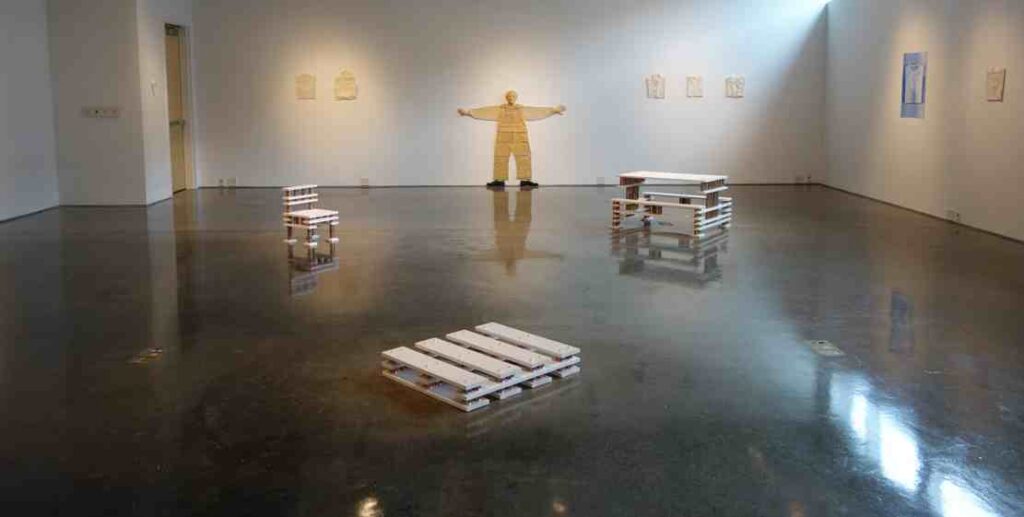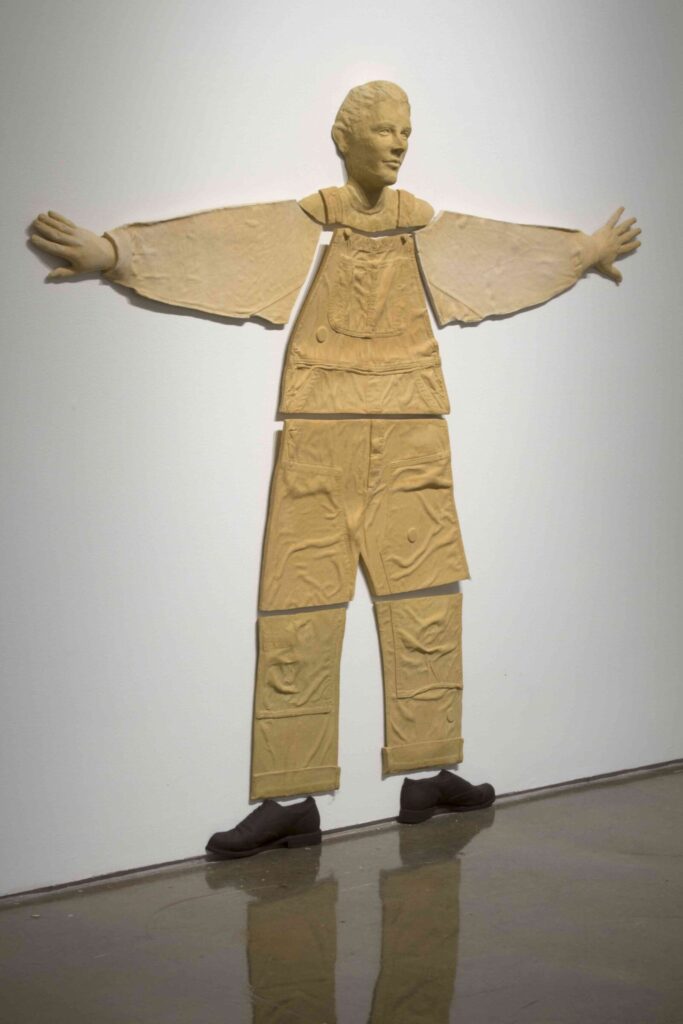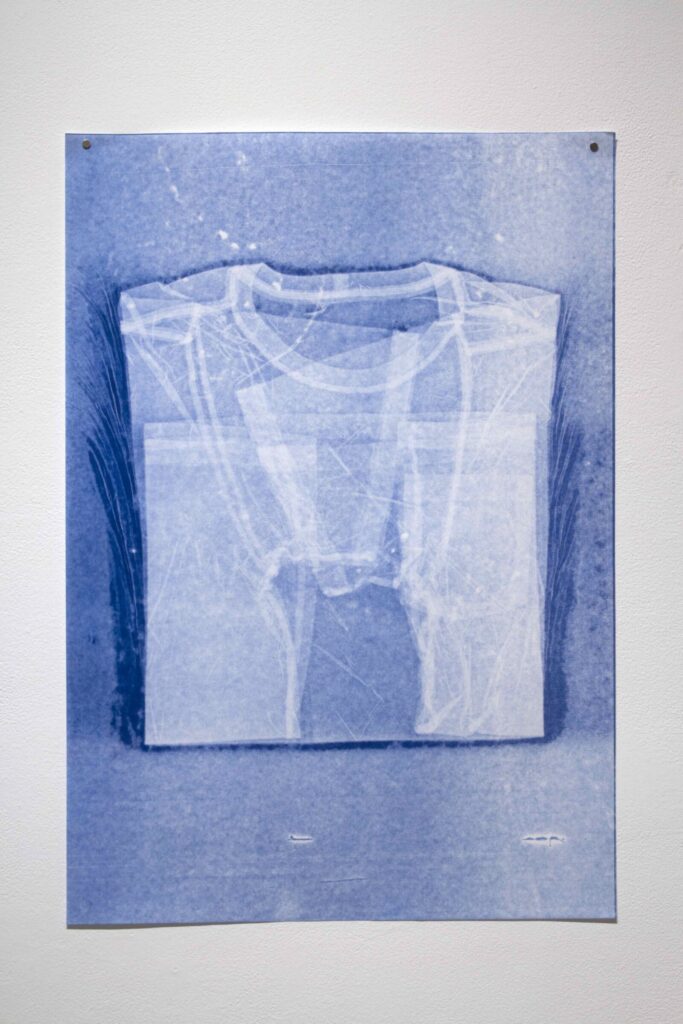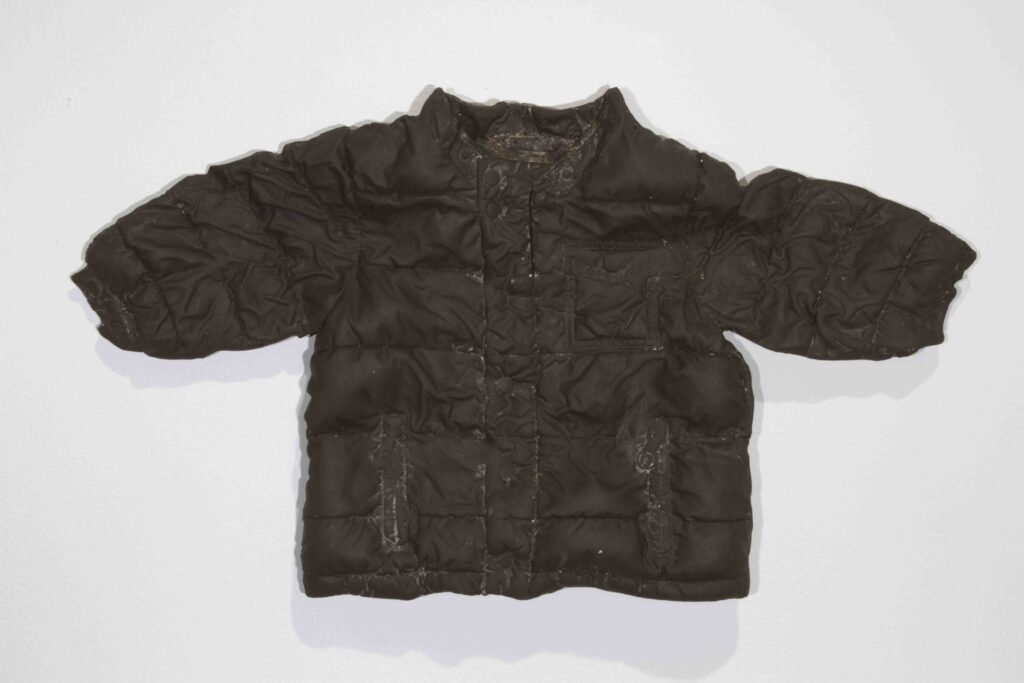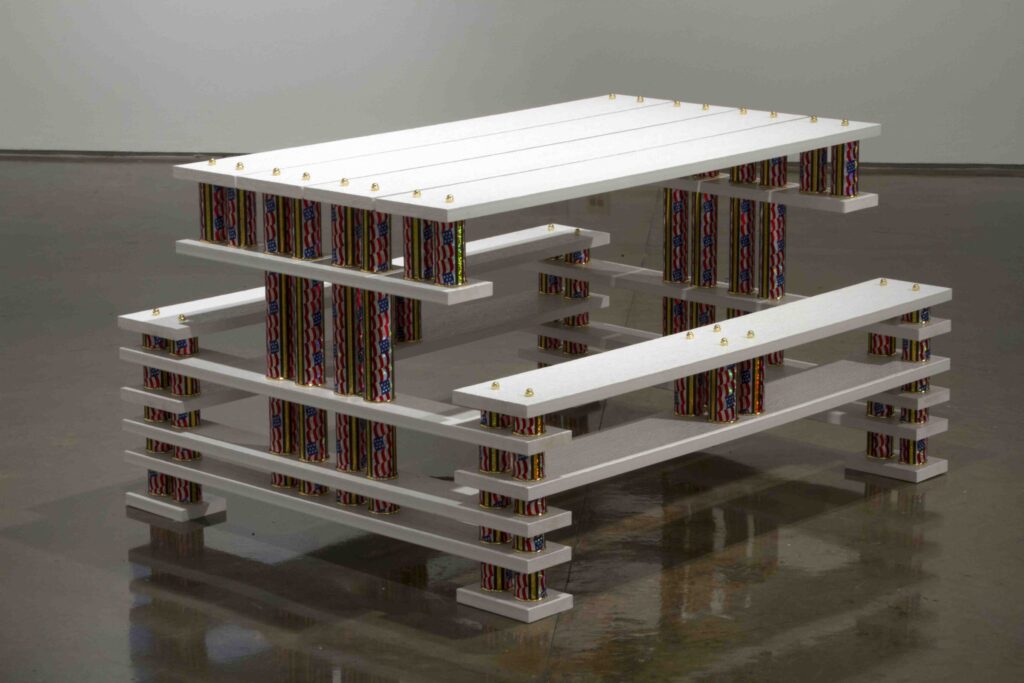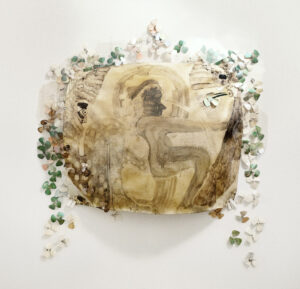Ry Rocklen’s Sentimentality “I’m not a sentimental person,” the artist Ry Rocklen recently told me. He was describing a recent body of work where he cast every piece of his clothing in porcelain. The result is a flat dimensionality—a series of white shirts, pants, and sweaters neatly folded and hung on the wall. The porcelain,...
Ry Rocklen’s Sentimentality
“I’m not a sentimental person,” the artist Ry Rocklen recently told me. He was describing a recent body of work where he cast every piece of his clothing in porcelain. The result is a flat dimensionality—a series of white shirts, pants, and sweaters neatly folded and hung on the wall. The porcelain, as a fine material, allows the sense of the fold to emerge and defines the groove of every pattern and the thread in each fiber, leaving the clothing virtually “unchanged.” But since Rocklen’s clothes were all ruined in the process of casting, I was led to wonder, “Might not casting each piece of clothing—which holds such personal history—be construed as a kind of sentimental act?”
Sentimentality is by definition a loss of emotional perspective; it adheres to the familiar, evoking exaggerated mournfulness, nostalgia, or a self-indulgent sweetness. And while Ry Rocklen may create gentle and poetic objects out of found objects, a project that under a less nuanced artist could easily sway to the saccharine, his works and their attendant feelings are made strange in his treatments. The familiar becomes somehow unfamiliar: the porcelain is left white monochrome, which creates a distancing effect. The items of clothing are recognizable, figurative even, and yet the porcelain invites a slowing down of time—artist’s sweater as historical artifact. And distance, in art as in life, provides perspective.
It is distance, and its perspective-restoring partner, humor, that allows Rocklen to dwell in sentimental territory while avoiding the sentimental. In another recent project, he uses trophies to create furniture. What has more sentimental value than a trophy, a flashy object that signifies that one is indeed a winner? However, the sense of playfulness that infuses Trophy Modern belies any nostalgic associations. The history of the trophy is matched by the emphasis on the architecture of the object, how its holographic columns and faux marble act as units that when combined create a familiar chair.
Rocklen’s right about himself—he’s not a sentimental person. On the contrary, his art invites us not into sentimentality but into the real world of sentience, that capacity to feel or recognize sensation itself. To look at Rocklen’s cast clothing or trophy furniture is to register it in the body. As the artist himself puts it: “The effect is enhanced by the mainline circuitry that has been built up because we have such a strong relationship to the object.” It is Rocklen’s skilled presentation of a familiar object that provides us with the artistic experience of recognition. Quite an achievement and, in its honesty, the opposite of sentimentality.
Katie Geha / Director / Dodd Galleries
